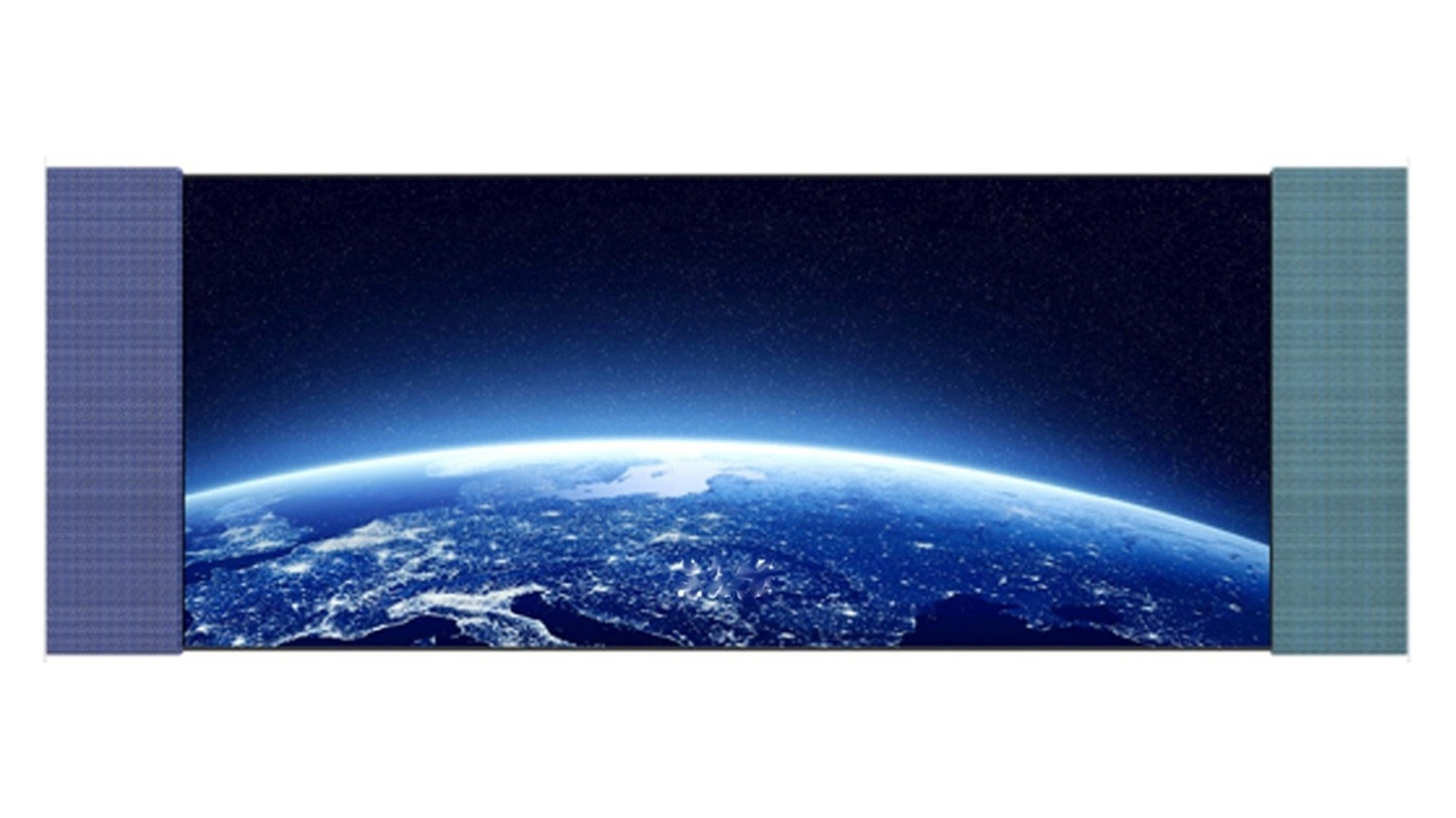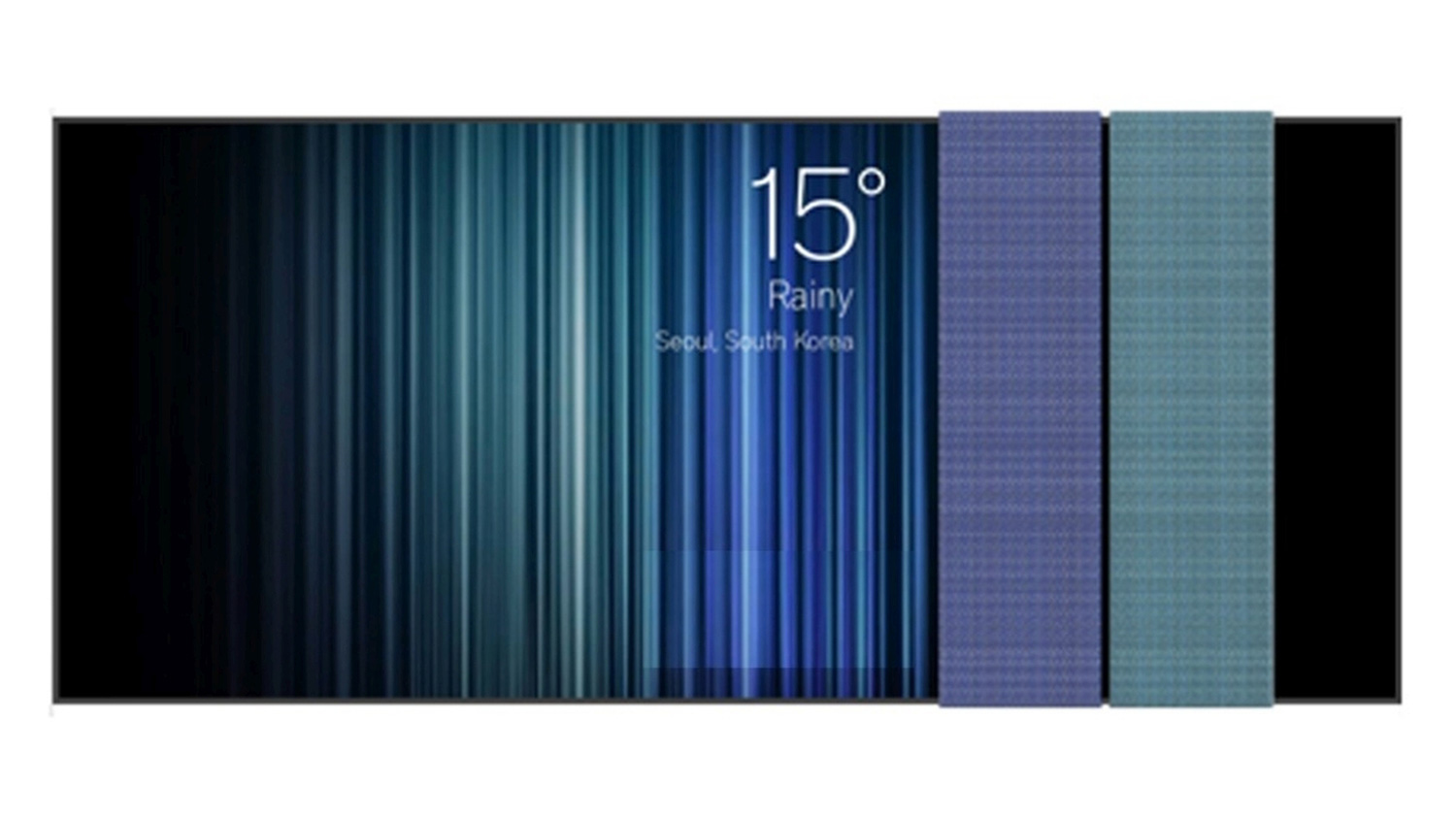
TV technology just keeps getting better, doesn’t it? From CRTs to flat panels. From standard definition to HDTV, and then 4K. Plus the biggest bang for the buck as far as picture quality is concerned: HDR. Yes indeed, we live in a magical time. Well, except for that whole image-ratio thing.
Sadly, no matter how great the latest TV is, unless the content you’re watching was shot in the same ratio as your screen, you’re going to end up with letterboxing (horizontal black bars at the top and bottom of the image) or its even uglier cousin, the 4:3 vertical black bars. Shudder. Yes, you can always choose the “fill” option, but who really wants to watch people, places, and things distorted like that?
The ultimate solution would be to have a TV that could dynamically change its shape, stretching out for the most cinematic content, and taking on the appropriate squarish aspect ratio for older, standard-definition content. A roll-up OLED TV could do one of those transformations, but not both. LG thinks it may have found a different solution: Instead of changing your TV’s shape, why not use a pair of sliding panels (which double as your TV’s speakers) to artificially create the different aspect ratios by moving from side to side, as the content requires?

This bizarre idea is unlikely to make it your local big box retailer any time soon, or even the show floor of CES, but LG liked the concept enough it applied for a patent to protect it.
The design calls for a TV display that uses a native aspect ratio of 21:9, known as “ultrawide.” In this mode, the flat panel speakers sit on the very edges of the screen, letting you see 100 percent of the available display. Shift to 16:9 mode (the ratio of all HDTVs, and most 4K TVs) and the speakers slide inward. Their new locations take the spot of what would have been vertical black bars. Change again to 4:3 mode, and the speakers slide even closer together. Because they aren’t wide enough to cover the entire unused screen real estate, you’d still see black sections of screen at the edges. But perhaps LG feels this will still be a more pleasing arrangement than really, really big black bars.
The patent filing also points to a fourth configuration for the panels, which would give the TV a decidedly artful look, with the speakers arranged side-by-side, toward one end of the screen.
As weird as the concept might be, we’d still love to see LG create a prototype, and let people decide if it’s something they want in their homes.






